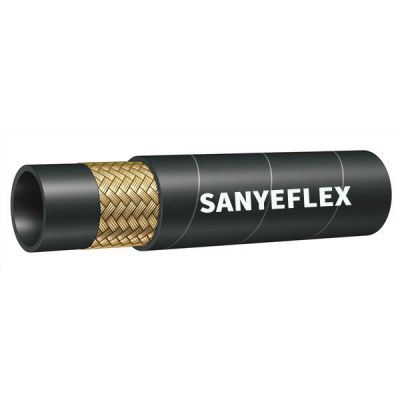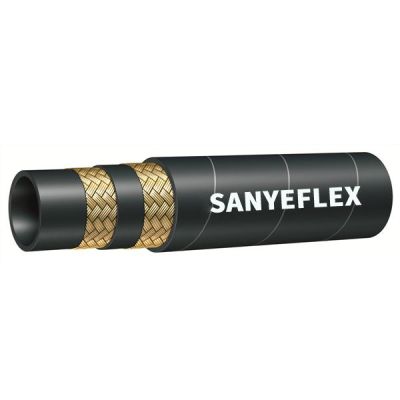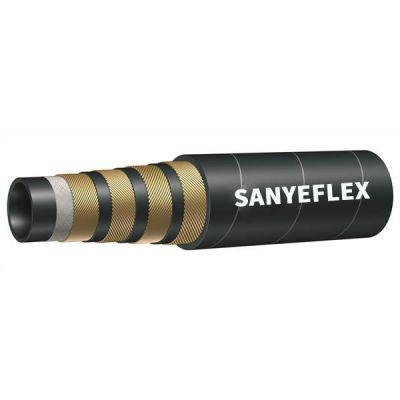05. 11, 2023
Hydraulic hoses play a crucial role in various industries, powering heavy machinery and ensuring efficient transmission of hydraulic fluid. Understanding the key facts about hydraulic hoses is essential for their proper maintenance and safe operation. In this article, we will explore some important facts about hydraulic hoses that every user should be aware of.
Hydraulic hoses are flexible tubes designed to transmit hydraulic fluid under high pressure. They serve as a vital link between hydraulic components, such as pumps, cylinders, valves, and motors. These hoses facilitate the transfer of power, allowing heavy machinery to perform various tasks with precision and control. Properly functioning hydraulic hoses are critical for the efficient operation of equipment and the overall productivity of industries such as construction, manufacturing, agriculture, and mining.
Hydraulic hoses are typically constructed with an inner tube, reinforcement layer(s), and an outer cover. The inner tube is made of a synthetic rubber compound that is compatible with the hydraulic fluid used. Reinforcement layers, usually made of high-strength materials like steel or synthetic fibers, provide strength and prevent the hose from bursting under pressure. The outer cover protects the reinforcement layers from external factors like abrasion, chemicals, and weather conditions. Different hose designs and materials are available to suit specific applications and operating conditions.
Hydraulic hoses are designed to handle specific pressure ratings, which determine their maximum working pressure. It is crucial to select hoses with appropriate pressure ratings to ensure safe operation and prevent potential failures. The sizing of hydraulic hoses is based on the inside diameter, which affects fluid flow capacity and velocity. Properly sized hoses optimize system performance and reduce energy loss. Consulting manufacturer guidelines or seeking expert advice can help determine the correct hose size and pressure rating for specific applications.
Regular maintenance and inspection of hydraulic hoses are vital for safety and longevity. Hoses should be visually inspected for signs of wear, such as abrasions, bulges, or leaks. Proper hose routing and protection measures, such as clamps or guards, should be implemented to prevent damage from excessive bending, twisting, or abrasion. Additionally, hoses should be replaced at recommended intervals to prevent sudden failures. Following manufacturer guidelines, implementing preventive maintenance schedules, and training operators on proper handling and storage practices contribute to the optimal performance and lifespan of hydraulic hoses.
Hydraulic hoses are a critical component in hydraulic systems, enabling efficient power transmission and control. Understanding key facts about hydraulic hoses, including their function, construction, pressure ratings, and maintenance requirements, is essential for safe and reliable operation. By adhering to proper maintenance practices and ensuring the correct selection and sizing of hoses, industries can maximize productivity, minimize downtime, and enhance overall operational safety. We are a hydraulic hose supplier. If you are interested in our products, please contact us now!
سابق: Common Defects in Hydraulic Hoses: Identifying and Preventing Issues
التالي: Failure Phenomenon of High Pressure Wire Winding Hydraulic Hose
شركاء
رقم الهاتف: +86 400 0318 111
البريد الإلكتروني: admin@sanyeflex.com
العنوان: رقم 218 ، شارع تشونغكي ، منطقة التكنولوجيا العالية ، مدينة هنغشوي ، مقاطعة خبي


